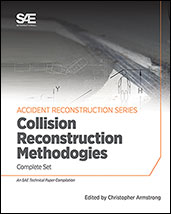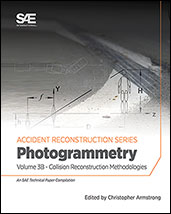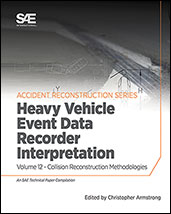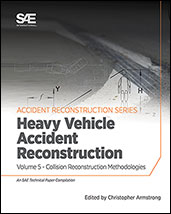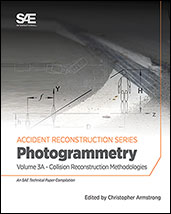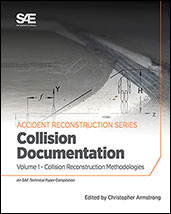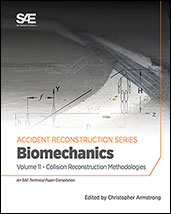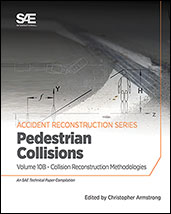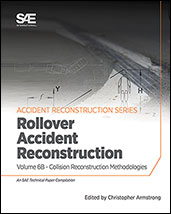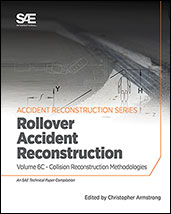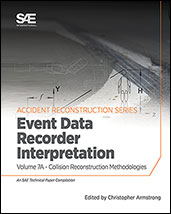Book

Vehicle Accident Analysis and Reconstruction Methods, Third Edition
2022-01-07
In this third edition of Vehicle Accident Analysis & Reconstruction Methods, Raymond M. Brach and R. Matthew Brach have expanded and updated their essential work for professionals in the field of accident reconstruction. Most accidents can be reconstructed effectively using calculations and investigative and experimental data: the authors present the latest scientific, engineering, and mathematical reconstruction methods, providing a firm scientific foundation for practitioners. Accidents that cannot be reconstructed using the methods in this book are rare. In recent decades, the field of crash reconstruction has been transformed through the use of technology. The advent of event data records (EDRs) on vehicles signaled the era of modern crash reconstruction, which utilizes the same physical evidence that was previously available as well as electronic data that are measured/captured before, during, and after the collision.


